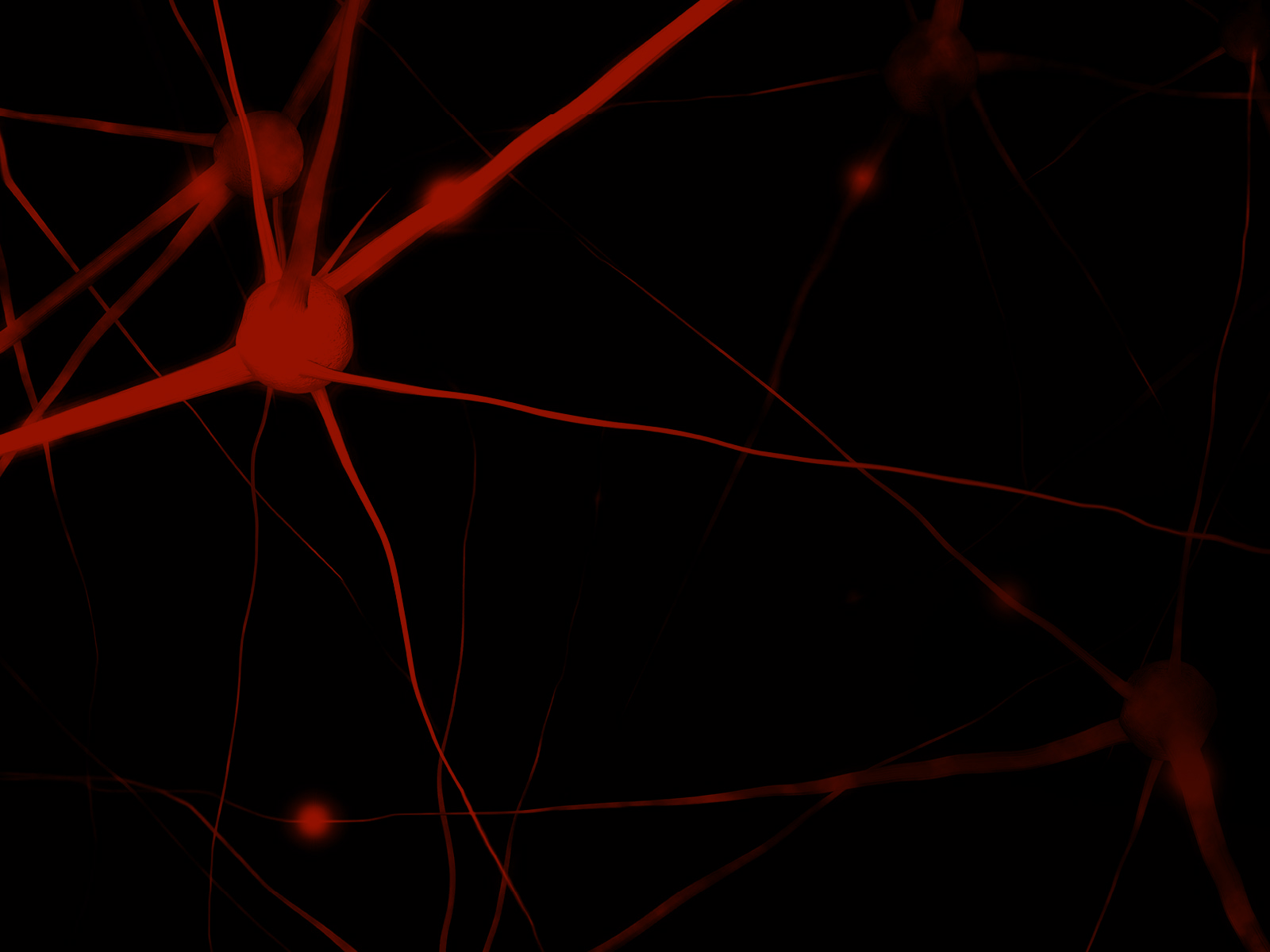The term ”big data” has come into fashion recently, being used in a myriad of different ways, but all fundamentally referring to the ability to access, and rapidly process, the enormous data sets that are now being generated by the digital age. While the average file on our home computer may be anywhere from a few kilobytes to several megabytes, systems are now available that can process exabyte-sized data within a reasonable timescale. To give you an idea of the scale here, one exabyte is approximately one million billions (1015) kilobytes, which is definitely big.
Big data has particular application in healthcare, because it goes hand in hand with another buzz term that has been around a little longer—personalised healthcare. There is a staggering amount of genetic variation possible between two human beings, as the DNA in our bodies is known to contain around 20,000+ genes that encode essential proteins, which are collectively responsible for making our body function.
A mutation in any one of these genes can cause something to go wrong, manifesting itself as a known (or sometimes unknown) disease, such as diabetes or cancer. Scientists now know a great deal about the human genome at the species level, thanks largely to the Human Genome Project, an international research project. But the DNA of every individual and the genetic mutations they carry can be strikingly different. As a result, two individuals with the same “disease” may respond very differently to the same drug.
This is where personalised healthcare plays a role, in trying to match medicines that are highly targeted at specific genetic mutations with the right patients. For example, the well-known breast cancer drug Herceptin only works on women who carry a specific mutation in the Her2 gene. Not all breast cancer patients carry this, so the drug is not suitable for all.
So while the biotech and pharmaceutical industry is increasingly focusing on these “personalised medicines”, a whole new supportive industry is now developing effective and rapid diagnostics (known as companion diagnostics, because they go hand-in-hand with a specific novel treatment) that can inform as to which patients are suitable for them.
But the world of healthcare has seen this evolve a stage further. Why wait until you are ill before having someone test your DNA to see what medicines will work for you? Consumer-focused companies, such as 23andMe, are now offering genetic testing for people ahead of any diagnosis (we could call them pre-patients, as indeed we all are) to identify what diseases they may be prone to and what lifestyle adjustments may help prevent them.
The future of preventative and curative healthcare at the individual level now therefore depends on being able to rapidly interrogate the big data that each and every one of us holds in our own DNA. We may have built a pretty good map of our genetic structure, but successfully navigating it now depends on being able to marry big data, medical diagnostics and personalised healthcare.
The opportunities for entrepreneurial healthcare technology companies are endless. The life-saving potential they can deliver to patients is priceless.
This article is part of a series managed by The Economist Intelligence Unit for HSBC Commercial Banking. Visit HSBC Global Connections for more insight on international business.
The views and opinions expressed in this article are those of the authors and do not necessarily reflect the views of The Economist Intelligence Unit Limited (EIU) or any other member of The Economist Group. The Economist Group (including the EIU) cannot accept any responsibility or liability for reliance by any person on this article or any of the information, opinions or conclusions set out in the article.





